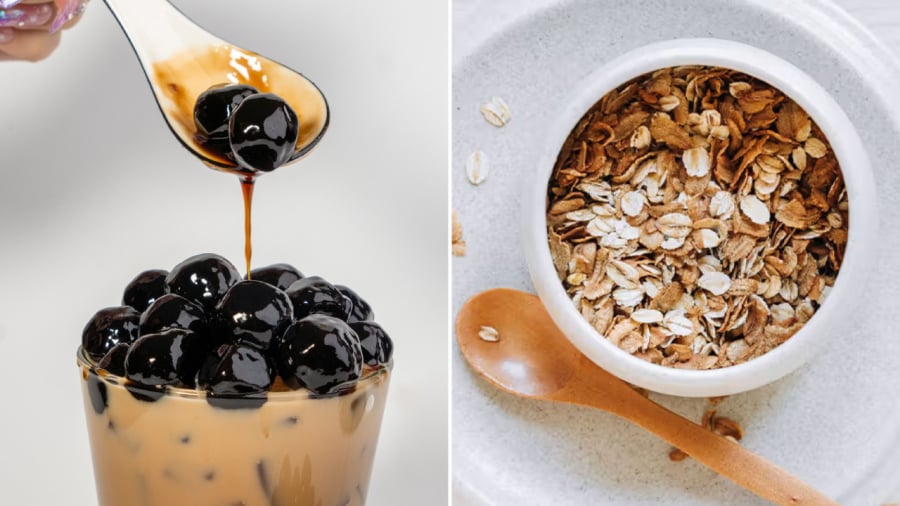Carbohydrates are the primary source of energy for the human body. After digestion, carbohydrates are broken down into glucose, which provides energy and fuels the brain and other body parts. We require a certain amount of carbohydrates to maintain our vital functions, and it is not advisable to eliminate them from our diet entirely. Not consuming enough carbohydrates can lead to energy deficits, muscle loss, and other health issues.
According to the World Health Organization (WHO), carbohydrates should account for 55-75% of our total energy intake. Among carbohydrates, starch is the primary source and should constitute more than two-thirds of our total carbohydrate intake.
For people in many Asian countries, white rice is a significant source of starch, featuring in most daily meals. When trying to lose weight, some individuals choose to cut down on white rice. However, completely eliminating white rice while ignoring other starchy foods can hinder their weight loss goals.
White rice is calorie-dense but also provides essential nutrients such as fiber, vitamins, and minerals. A 100-gram serving of white rice yields approximately 27.5 grams of starch. This food helps maintain stable blood sugar levels, preventing sudden spikes or drops.
Apart from white rice, there are six other food items that contain even higher amounts of starch. Regularly consuming these foods in large quantities can increase the risk of weight gain.
Tapioca Pearls
Tapioca pearls are typically made from tapioca or potato starch, pectin, water, sugar, and other ingredients. They are mostly starch, and their consumption can lead to rapid increases in blood sugar levels. A 100-gram serving of tapioca pearls contains about 85.5 grams of starch. Additionally, they are often paired with sugary drinks like bubble tea or sweet soups, further contributing to weight gain.
Instant Oats
While many consider oats a healthy alternative to white rice when dieting, improper consumption can lead to faster weight gain. Instant oats, in particular, can cause a surge in blood sugar levels. A 100-gram serving provides 62.5 grams of starch. Despite their high-calorie content, oats are rich in fiber and can induce a sense of fullness. It is advisable to consume oats in moderation.

Breakfast Cereals
Breakfast cereals are often fried in oil, resulting in a high-fat content. To enhance their flavor, manufacturers also add sugar. A 100-gram serving of breakfast cereal can contain up to 62.5 grams of starch. Regular and excessive consumption of these cereals can lead to weight gain.
Bao Buns
Bao buns are predominantly made from white flour. They are calorie-dense, with a 100-gram serving providing approximately 47.5 grams of starch. However, bao buns may offer higher protein and fiber content compared to white rice.
White Bread
White bread often contains high levels of salt, sugar, butter, and fat. It can cause a rapid increase in blood sugar levels, and excessive consumption over time can negatively impact overall health. A 100-gram serving of white bread provides about 45 grams of starch. Consider opting for wholemeal or sourdough bread, which tend to be lower in calories and higher in fiber, benefiting gut health.
White Noodles
Noodles made from wheat flour tend to have low nutritional value. They are a starch-rich food group, with a 100-gram serving providing approximately 33.5 grams of starch. Overconsumption of white noodles can lead to elevated blood sugar and cholesterol levels.

































